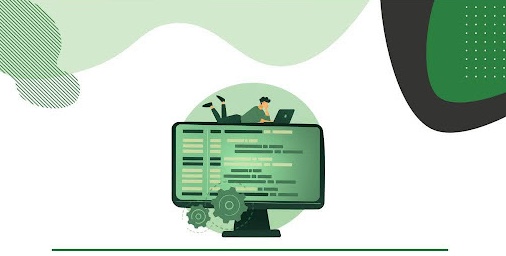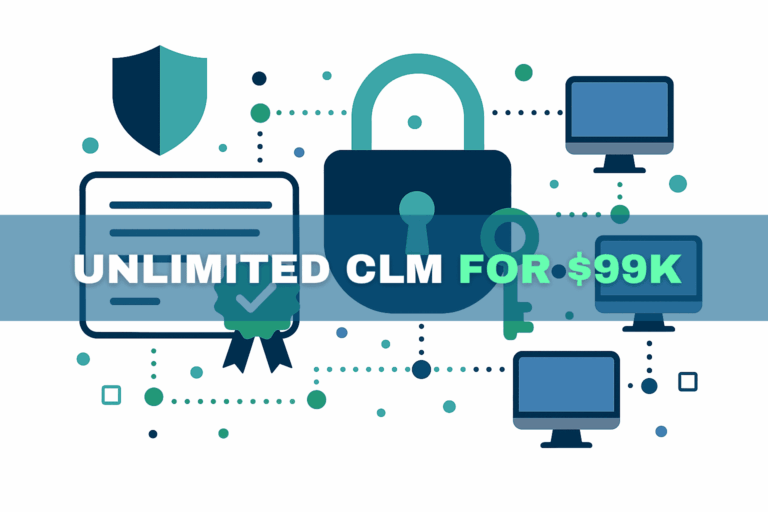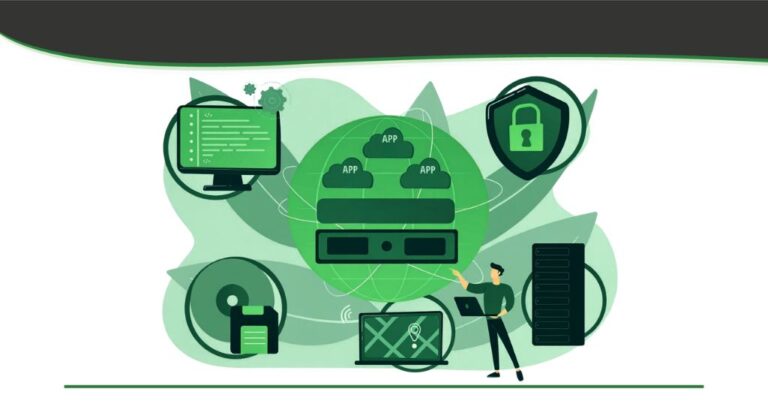Imagine a Roman general sending a secret message two millennia ago. Julius Caesar did just that using a simple cipher that shifts letters in the alphabet. The Caesar cipher, one of the earliest known encryption methods, substituted each letter in the plaintext with another letter a fixed number of positions away. For example, a shift of 3 turns “ATTACK” into “DWWDFN”. This ancient trick was clever for its time, but in the face of today’s technology, it’s child’s play to crack. In this thought-leadership journey, we’ll explore how cryptography evolved from the Caesar cipher to the sophisticated algorithms securing our digital world, including the latest frontier: post-quantum cryptography. Along the way, we’ll contrast Caesar’s simple code with modern and post-quantum encryption, and see why solutions like Garantir’s GaraTrust are pivotal in bridging historical lessons with cutting-edge security.
The Caesar Cipher: Ancient Simplicity
The Caesar cipher (a type of substitution cipher) exemplifies the humble beginnings of cryptography. It operates by “shifting” the alphabet: each letter in the message is replaced by another letter a fixed number of positions down the alphabet. Both sender and receiver agree on the number of positions (the secret key). For instance, with a shift of 3 (which Caesar reportedly used), A becomes D, B becomes E, and so on, wrapping around at Z. To decrypt, one simply shifts in the opposite direction. This cipher is symmetric, the same key (shift value) is used to encrypt and decrypt.
Why was the Caesar cipher used? In Caesar’s era, any encryption provided an advantage. A disguised message could thwart casual eavesdroppers. Indeed, Caesar used this cipher in his private correspondence to protect military orders. It introduced fundamental concepts: the idea of a key and the notion that scrambling information can secure it. However, the Caesar cipher’s simplicity is also its downfall.
Easy to break: There are only 26 letters in the English alphabet, so only 25 possible keys (shifts of 1 through 25) exist for a Caesar cipher. This tiny keyspace makes it trivial to brute-force – an attacker can try all shifts until the text makes sense. Modern students often crack Caesar cipher messages in seconds with a simple computer script or even by hand. Additionally, the cipher preserves letter frequency (e.g. an encrypted message will have the same frequency distribution of letters as the original). This means a savvy codebreaker can use frequency analysis to guess which letters are substituted for common letters like E or T. In short, the Caesar cipher offers virtually no security by today’s standards. It survives mainly as an educational tool and historical curiosity, a starting point for learning about cryptography.
From Simple Shifts to Complex Math: The Rise of Modern Cryptography
If Caesar’s cipher is a toy lock, modern cryptography is a bank vault. Over centuries, ciphers became far more complex to outwit codebreakers. By the 20th century, machines like the Enigma were employing multiple substitution steps (polyalphabetic ciphers) to secure military communications. Eventually, with the rise of digital computers, cryptography transformed into an advanced science grounded in mathematics and computer science.
Key differences between Caesar cipher and modern encryption:
- Key Space and Complexity: Caesar’s 25 keys pale in comparison to modern algorithms. For example, the Advanced Encryption Standard (AES) uses keys of 128, 192, or 256 bits, yielding an astronomical number of possible keys (2^128 ≈ 3.4×10^38 possibilities for a 128-bit key). Brute-forcing AES is effectively impossible with current technology, unlike the trivial brute force of a Caesar cipher. Modern ciphers are designed so that even trying billions of keys per second would not succeed before the heat death of the universe.
- Mathematical Foundations: The Caesar cipher’s security relies only on secrecy of the shift value, offering no substantial mathematical obstacle. In contrast, modern cryptography leverages hard math problems. For instance, RSA encryption (invented in 1977) relies on the difficulty of factoring large prime numbers, and Elliptic Curve Cryptography (ECC) relies on the difficulty of solving discrete logarithm problems on elliptic curves. These problems are infeasible for classical computers to solve in any reasonable time, which underpins the security of our internet communications. In symmetric cryptography (like AES), rigorous confusion and diffusion operations and large key sizes thwart analytical attacks.
- Public-Key vs. Secret-Key: Caesar’s method is a symmetric key cipher, both parties share the same secret. Modern cryptography introduced public-key cryptography (asymmetric algorithms), where a public key can encrypt data and a corresponding private key decrypts it. Techniques like Diffie-Hellman key exchange and RSA revolutionized secure communication by allowing strangers to establish secret keys over open networks. This was far beyond anything possible in Caesar’s time.
- Cryptanalysis Resilience: Modern ciphers are designed to withstand a variety of attacks, not just brute force, but also cryptanalytic attacks that exploit structure. For example, AES underwent extensive vetting to ensure no shortcuts exist better than brute force. By contrast, once a cipher as simple as Caesar’s was understood, multiple easy attack methods (brute force, pattern matching) rendered it useless for serious secrecy.
- Computing Power: What would take a Roman scribe hours or days by hand (encrypting or breaking codes) can be done in microseconds by today’s computers. Modern cryptography assumes adversaries with powerful computers, hence it adopts complexity far beyond a human’s capability. Caesar never had to worry about an attacker with a supercomputer, but we do.
In summary, modern encryption algorithms are light-years ahead of the Caesar cipher in strength. Our digital economy, from online banking to encrypted messaging, relies on this robustness. But just as classical ciphers met their match with computers, today’s cryptography faces a new challenger on the horizon: quantum computing.
The Quantum Threat: Why We Need Post-Quantum Cryptography
For decades, algorithms like RSA and ECC have kept our data safe, because no classical computer can easily solve their underlying math problems. Enter quantum computers, machines that leverage quantum physics to perform certain computations astronomically faster. A sufficiently advanced quantum computer could upend modern cryptography. How? Through algorithms like Shor’s algorithm, which can factor large numbers and solve discrete logarithms exponentially faster than any known classical algorithm. In theory, Shor’s algorithm running on a powerful quantum computer would be able to break RSA and ECC, decrypting secure messages and cracking digital signatures that are currently considered unbreakable.
Another quantum algorithm, Grover’s algorithm, can speed up brute-force search. It could halve the effective key length of symmetric ciphers; for example, AES-256 would have its security reduced to roughly that of a 128-bit key (still formidable, but weaker). In practice, symmetric algorithms like AES can be mitigated by doubling key sizes (e.g. moving to AES-256 is a hedge against Grover’s impact), but public-key algorithms like RSA and ECC have no easy fix, they need fundamentally new approaches.
It’s important to note that quantum computers capable of these attacks do not yet exist at the scale needed, as of 2025. However, the threat is not theoretical. Experts anticipate that within a decade or two, quantum breakthroughs could occur. Moreover, adversaries could harvest encrypted data now and decrypt it later once quantum capabilities mature, a worry for sensitive information that needs long-term confidentiality. This looming threat has sparked urgent efforts to develop quantum-resistant cryptography.
Bridging Eras: Preparing for a Post-Quantum World with GaraTrust
The journey from the Caesar cipher to post-quantum encryption highlights an ongoing truth: cryptography must continually adapt to new challenges. As we stand on the cusp of the quantum era, organizations need to inventory their cryptographic tools and prepare for upgrades. This means not only selecting new algorithms, but also ensuring the ecosystem, hardware, software, and workflows, can support and protect these algorithms. One often-overlooked aspect is key management. The strongest algorithm can fail if the secret keys are mishandled.
Modern enterprises use Hardware Security Modules (HSMs) and other vaults to safeguard private keys. But integrating those securely with applications, without sacrificing performance, is non-trivial. This is where platforms like Garantir’s GaraTrust come into play. GaraTrust is an enterprise cryptographic platform designed to simplify and strengthen how organizations use digital signatures, encryption, and keys. For example, GaraTrust ensures that private keys never leave the HSM, all cryptographic operations use proxied key access, meaning the keys remain non-exportable in the hardware at all times. By using a client-side hashing approach, it minimizes data transfer and boosts performance for signing and encryption tasks, even as the keys stay locked down. In practice, this gives businesses the best of both worlds: high security and high speed. Such architecture is critical when adopting quantum-resistant algorithms, whose keys and outputs might be larger. You want a system that can handle new algorithms efficiently while keeping keys safe.
Additionally, crypto-agility, the ability to swap out algorithms as needed, is vital. GaraTrust and similar solutions can help organizations become crypto-agile, so that when post-quantum standards fully arrive, enterprises can transition smoothly. Whether it’s code signing, VPN authentication, or document encryption, having a centralized platform to manage and deploy updated cryptography is a smart strategy.


